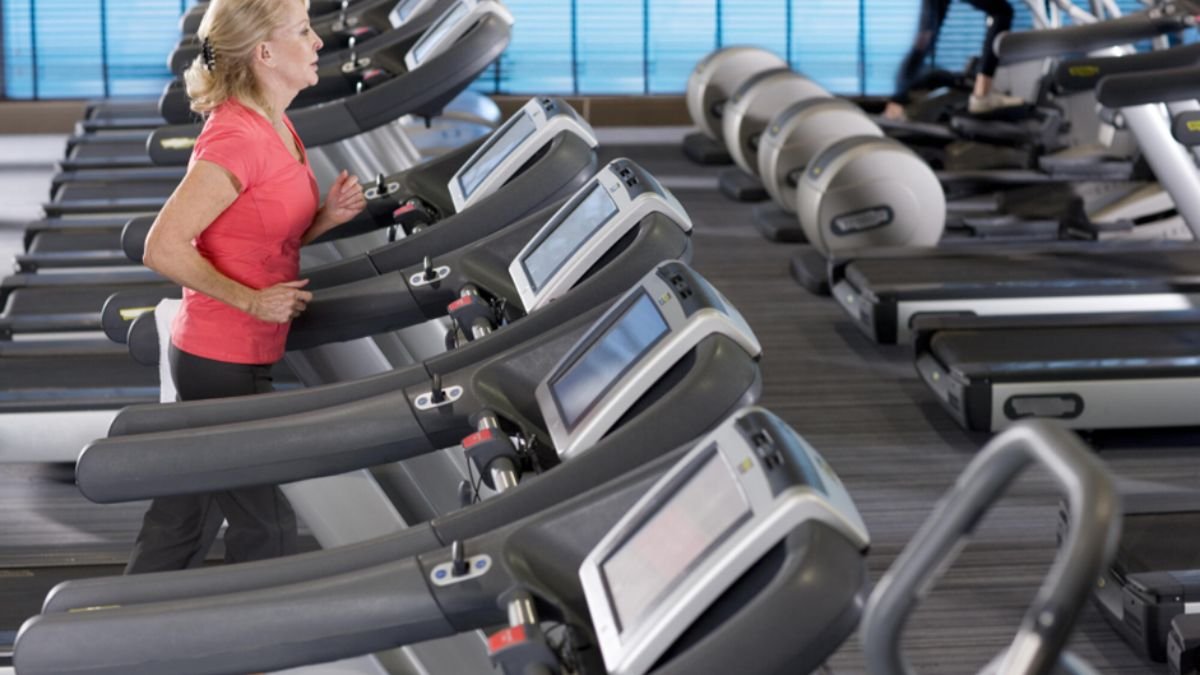As people age, staying active becomes more important for maintaining independence and good health. But not everyone can exercise outdoors due to weather, space, or safety concerns. That’s where indoor walking routines make a big difference.
In this article, we’ll discuss how walking indoors can keep seniors strong, steady, and happy – all while supporting their overall well-being.
The Benefits of Indoor Walking for Seniors
Indoor walking is a simple, low-impact exercise that’s easy on the joints and safe for most seniors. It improves heart health, muscle tone, and flexibility without putting too much stress on the body.
Even short walks – 10 to 20 minutes a few times a day – can help lower blood pressure and improve circulation. Regular walking keeps energy levels up and helps maintain a healthy weight.
Supporting Mobility and Balance
Mobility and balance are essential for preventing falls and staying independent. Indoor walking builds strength in the legs, hips, and core muscles that help maintain good posture and coordination. These benefits make it easier for seniors to move safely and confidently throughout the day.
A senior indoor walking routine may include slow pacing, heel-to-toe steps, or gentle arm swings to improve coordination. Practicing these movements in a safe, familiar space reduces the risk of falls and boosts confidence when performing daily activities like cooking or getting dressed.
Improving Mental and Emotional Wellness
Walking benefits more than just physical health – it also supports emotional well-being. Regular physical activity helps release endorphins, which reduce stress and boost mood. For seniors, even light movement can make a big difference in mental clarity and positivity.
Indoor walking can also become a social activity. Many senior communities organize group walks or light exercise classes that encourage connection and laughter.
Adapting Walking Routines for Every Senior
One of the best things about indoor walking is how flexible it can be. Seniors can adapt their routines to fit their comfort level or mobility. Beginners can start with a few minutes of walking in place or around the home. As stamina improves, the pace or duration can increase gradually.
Seniors with limited mobility can use a walker, a cane, or sturdy furniture for support. For those looking to add variety, gentle stretching or light hand weights can make the routine more engaging.
Making Indoor Walking a Daily Habit
Building a habit doesn’t require special equipment or a large space. Seniors can schedule short walks during their day, such as after meals or while watching television. Comfortable shoes, clear walkways, and good lighting are key to safety.
Adding fun elements helps maintain motivation. Listening to music, using a step tracker, or joining a walking club can make exercise more enjoyable. Turning movement into a daily routine encourages consistency, which is what leads to lasting benefits.
Encouraging Independence Through Movement
Regular walking supports independence by strengthening the body and keeping it flexible. It allows seniors to handle daily tasks with more ease, from cooking meals to moving around the home.
Family members can encourage walking by joining in or helping create a safe walking path at home. These small gestures not only promote physical wellness but also strengthen emotional bonds.
Take Steps Toward Better Health
Indoor walking is one of the easiest ways for seniors to stay active and independent. It builds strength, improves balance, and supports mental wellness – all without needing special equipment or weather conditions. By starting a simple indoor routine today, seniors can enjoy better health, confidence, and independence for years to come.













